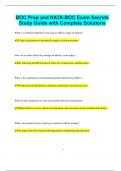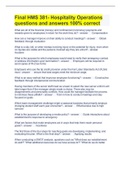Summary
Korte samenvatting Marketingcommunicatie en de consument inclusief artikelen!
- Course
- Institution
Dit een een korte samenvatting van Marketingcommunicatie en de consument. Een overzicht van de belangrijkste elementen van de hoorcolleges en alle artikelen. Een goede voorbereiding voor het tentamen!
[Show more]












